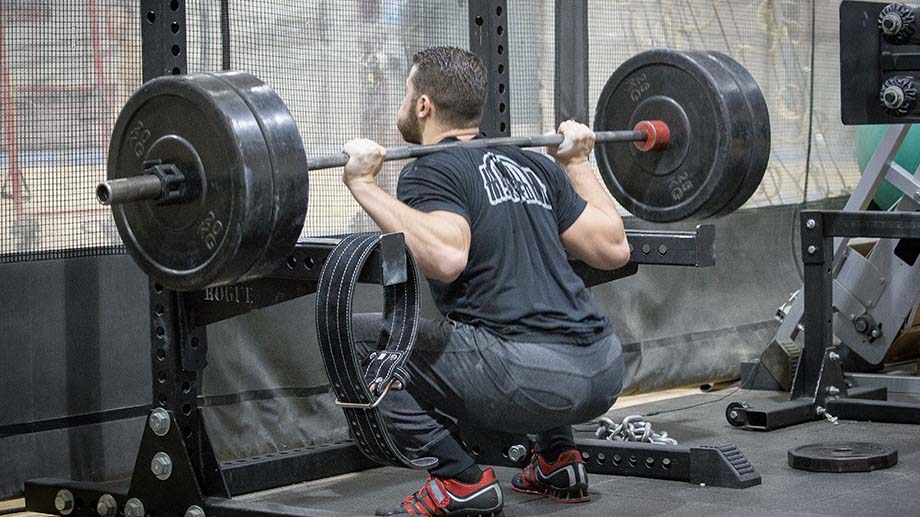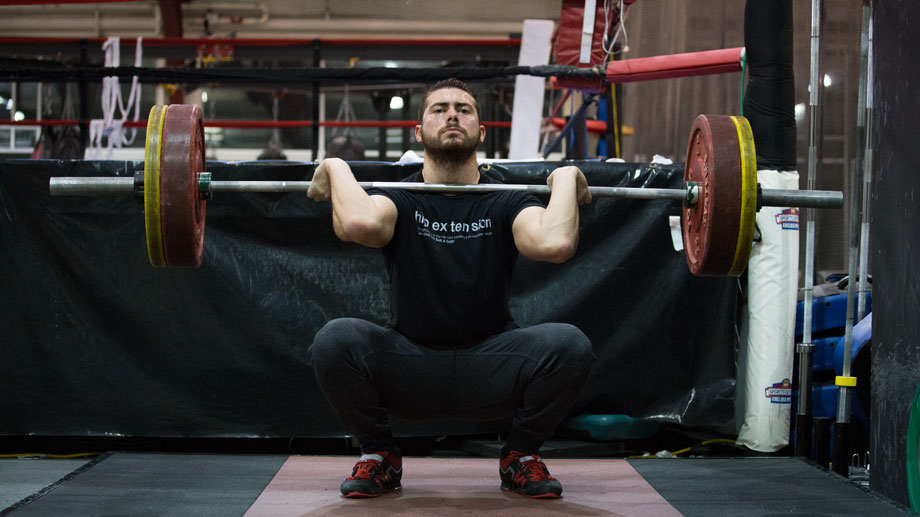Sit down, stand up, actually, whatever is most comfortable for your sore legs because we have a list of things that only those who train legs will understand.
When you’re no stranger to the squat rack, you can definitely sympathize with the feelings everyone experiences after leg day. It’s always a love hate feeling. On the one hand, you’re happy you finished another grueling leg workout; on the other, you think you might have entirely lost feeling in your right leg. You’re creating a strong base and increasing your fitness level, but you’re not sure if you remember your full name. Like everything in life, it’s a give and take.
Personally, I think there’s something to be said about the dedication of strength athletes. Not only are they constantly putting themselves in situations that leave them in less than optimal states (Hello DOMS my old friend…), but they usually enjoy doing so. The consistent work to improve is what sets them apart from others in the industry, so while post-leg day may be brutal at times, the payoff is always worth it.

1. 30-minutes post-leg day: The feeling of accomplishment.
Training legs requires a high amount of neural drive in the body, or the firing of the nervous system. This in return creates an alert feeling, and when you mix in endorphin release from exercise, training legs is a great way to feel accomplished and satisfied. Along with increased nervous system functioning, leg day requires the mental discipline to get through the workout. Exercise supports increased self-esteem, and we’re making a hard case that leg day not only tests our abilities, but also builds self-esteem.
2. 2-hours post-leg day: I’m not as sore as I thought.
Stemming from the higher neural drive comment above, this acute reaction blunts our body’s response to the exercise induced stress that causes soreness. So for the few hours after leg day, there’s always the thought, “Hmm, maybe I’m not going to be that sore after today’s session.” For example, think about the scenario of playing in a big sports game: your andrenaline and nervous system is firing at such a high rate, the aches and pains gained in the game aren’t existent until after, during the comedown.
[Read More: Best Leg Exercises for Your Next Leg Day]
3. 4-hours post-leg day: Fine motor skills, forget about it.
Personally, I always find my fine motor skills become less accurate after a heavy day of squats or other leg-dominant lifting, moreso than any other training session. For example, I find myself hitting backspace at work a lot more due to dumb typos. The nervous system is finally losing the increased excitability, and we start to feel it’s effects. This can take many forms: we may feel less powerful, as if our movements are slow, or even discover that our cognitive capacity may be a little impaired. At this point, you might also find yourself getting annoyed at little things like Janice in accounting who keeps asking, “Why are you being so quiet?”
Be quiet, Janice, you’ve never trained legs.
[Love leg workouts, but not the recovery? Check out our pick for the best foam roller for legs.]

4. 8-hours post-leg day: Geez, I’m so hungry.
Surprisingly there isn’t a study called, “I just trained legs, feed me now.” Although, I think most strength athletes would attest to the fact that heavy training days, especially legs, leave us wanting to eat more than usual. In reality, exercise actually supresses appetite due to the hormone Ghrelin, but that’s suggested to only be relevant for inactive individuals. Most active individuals constantly need fuel to produce the work they do, and the more muscle we have, the more calories we need to sustain and repair. This creates the extra hunger on increased activity days. And of course there’s bagels at work today. Janice walks by and says, “But you never eat bagels.”
Janice, stop, I need these calories.
5. 12-hours post-leg day: Am I walking funny?
You’re not imagining that. The body has a natural means of compensating for itself when it feels that something may be imbalanced, and in this example, it’s your sore legs. You may experience a change in your gait from DOMS or even have impairment when moving fluidly. At this point taking the stairs at work seems impossible, so you wait for the elevator, only to find Janice asking, “Taking the elevator huh?” Janice. Not today.
6. 24-hours post-leg day: Help, I’ve fallen and I can’t get up.
The muscles have finally fully relaxed and the inflammation from muscle damage has set in. You begin to experience delayed onset muscle soreness (DOMS), which is technically classified as a type-I muscle strain. This can be a brutal feeling, especially if you’re sedentary for too long and let the blood pool in the inflamed, impacted areas. You begin questioning life and why you still workout willingly. These thoughts and feelings go on for three days, but then you wake up and feel fine one morning, life seems better, but wait…it’s Friday, time to train legs.
Editors note: This article is an op-ed. The views expressed herein are the authors and don’t necessarily reflect the views of BarBend. Claims, assertions, opinions, and quotes have been sourced exclusively by the author.